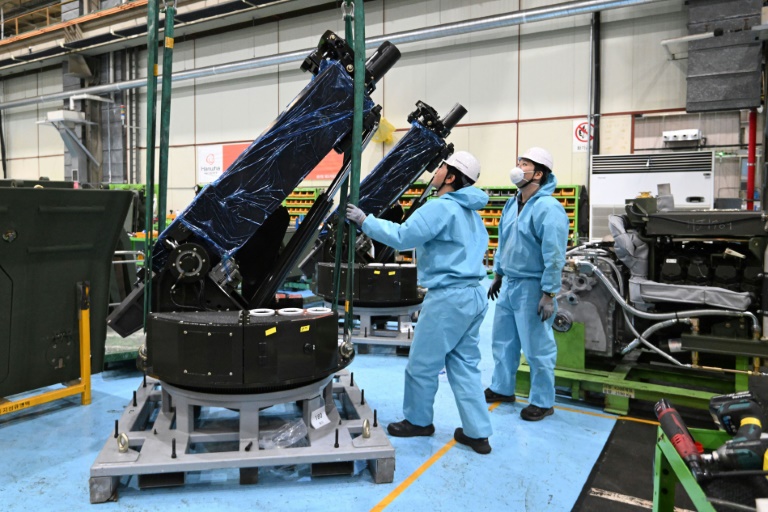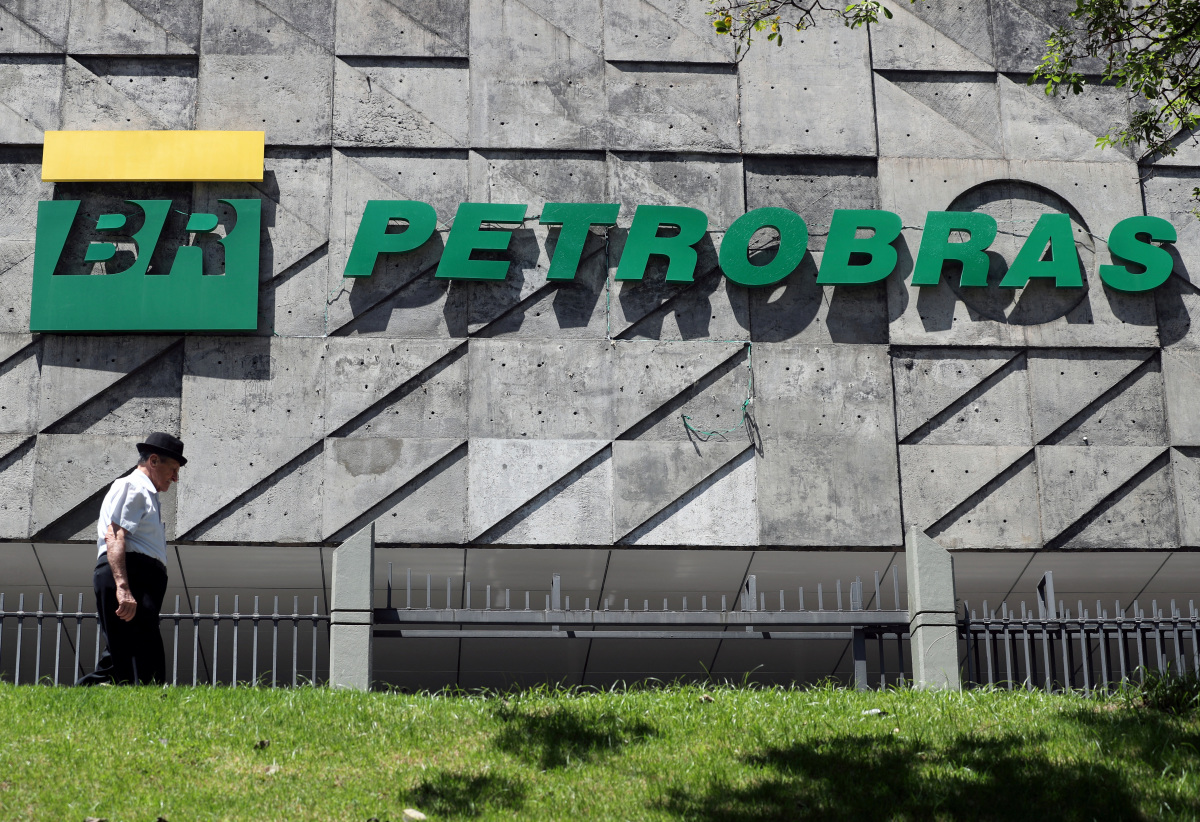Reuters / DENIS BALIBOUSE
Helping Hand for Relief and Development (HHRD) has proven a model of humanitarian aid that effectively combines both short-term interventions and long-term programs to create a more lasting impact on people in affected areas. The idea is to empower individuals by providing the resources and help they need to improve their quality of life.
The contrast between the two types of programs is illustrated through the HHRD aid initiatives for refugees from the Ukraine war and the civil war in Syria. According to the UN office in Ukraine, at least 17.7 million people in Ukraine have been displaced due to the conflict. The nearest HHRD office in Jordan coordinated relief efforts for the refugees fleeing Ukraine’s conflict. Working with carefully vetted local partners, the HHRD team supplied refugees with packed food, baby formula, and hygiene supplies. The supplies donated would last around a week until the HHRD team is able to visit every few weeks to provide support.
HHRD had initially supplied aid to refugees from the Syrian war similarly. Almost 13 million Syrians fled from their homes to escape the conflict in their country, most fleeing to neighboring countries like Turkey, Lebanon, and Jordan. Even though HHRD did not have a registered office in the region to coordinate on-ground relief efforts when the war started, in view of the scale of the refugee crisis, their office in Jordan was selected as the best option for an operations base with the HHRD team members going to Syria, Turkey and Lebanon as needed for relief efforts.
Initially, the focus was on providing the Syrian refugees with assistance to meet their short-term needs, such as food, clothing, and shelter. It has been 10 years since the conflict began, and now the emphasis is more on meeting their long-term needs and providing them with the life skills required to be independent. More than 1000 beneficiaries have completed HHRD’s Skills Development Program to equip them with valuable skills and the tools they need to earn a livelihood.
Housing is another significant need. Again, HHRD stepped in with the conversion of shipping containers into repurposed living spaces through its Shelter Relief Program. These containers are sturdier than the tents initially provided to refugees to meet their short-term housing needs.
With many children losing their parents in the war over the past decade, HHRD has supported over 20,000 orphans. In addition, the Education Support Program for schoolchildren covered the provision of fees for their K-12 education and the supply of mobile classrooms to increase the capacity of schools as they struggled to tackle the surge of many more new students.
Commenting on the nature of the relief efforts, Ilyas Choudry, Director of Programs, HHRD, said, “Every country that we have long-term projects in, we initially go in as part of an emergency relief team. Once we have provided aid for meeting urgent needs, we usually identify requirements for long-term support to help the affected people lead sustainable and independent life. The idea is not to just put a bandage on a wound but to treat the cause of the wound itself. Natural and man-made disasters like floods and earthquakes over a period could lead to food insecurity, lack of access to clean drinking water, or need for educational support. The 14 long-term programs we have in place touch on every aspect of a person’s life and are geared towards rehabilitation and recuperation. They include support for maternal health, education for children with disabilities and orphans, and housing assistance for refugees. They are all implemented in collaboration with local citizens; hence, we inspire a high level of trust. We don’t believe in handouts but in equipping people with the tools to live a life of independence that includes education and vocational skills.”
Media contact:
Name: Ilyas Choudry
Email: Ilyas.Choudry@hhrd.us
MEET IBT NEWS FROM BELOW CHANNELS
© Copyright IBTimes 2022. All rights reserved.







